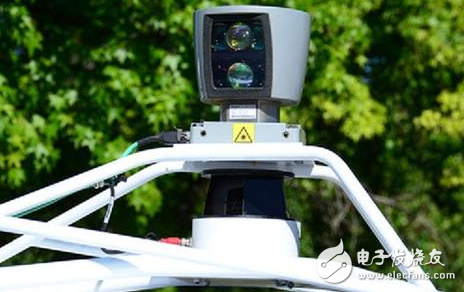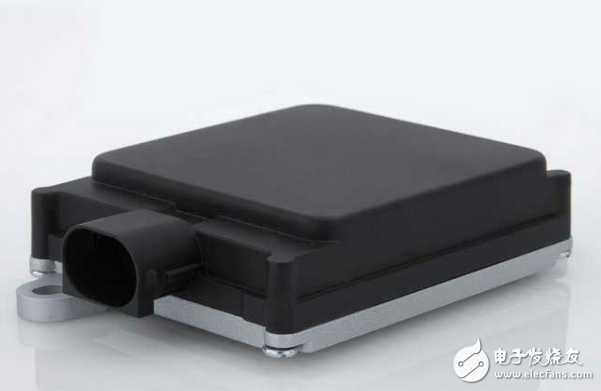Last week, Tesla released the latest news that all current production models (including the upcoming Model 3) will be equipped with Autopilot 2.0 hardware, and the new autopilot system can achieve the highest level of automatic driving (Level 5).
In this hardware, in addition to 8 cameras and 12 new ultrasonic sensors, a forward-detecting radar caught the attention of Magnesium. According to research, the detection radar used on Tesla is a millimeter wave radar, not the laser mine used in other mainstream unmanned R&D. So the question is: Is the millimeter wave radar capable of working for the laser radar and becoming a lower cost solution for unmanned driving?
The difference in accuracy makes the millimeter wave radar performance less than that of the laser radarThe most difficult technical difficulty for driverless technology to get on the road is how the car can know the complex traffic conditions in reality, so radar devices must be used. At this stage, the mainstream unmanned R&D technology has chosen Lidar, and Musk, who has always been "out of the ordinary", chose to use millimeter-wave radar. So, what is the difference between the two types of radar technology?
Lidar is more accurate but expensive

Lidar mainly detects the position and velocity of a target by emitting a laser beam. In-vehicle lidars generally use multiple laser emitters and receivers to create a three-dimensional point cloud map for real-time environmental awareness. From the current on-board laser radar, mechanical multi-line laser radar is the mainstream solution.
The advantage of Lidar is that it has a wider detection range and higher detection accuracy. However, the shortcomings of Lidar are also obvious: poor performance in extreme weather such as rain, snow and fog; the amount of data collected is too large; very expensive.
At present, the 64-bit laser radar on Baidu and Google's driverless car body is priced at 700,000 yuan. The more the laser transmitter harnesses, the more cloud points are collected per second and the better the detection performance. However, the more harnesses represent the cost of the laser radar, the more expensive the laser beam of the 64-beam bundle is 10 times that of the 16-beam bundle.
Millimeter wave radar is subject to wavelength and has poor detection

As the core sensor type that is indispensable to ADAS, millimeter wave radar has been used in high-end cars since the last century, and the technology is relatively mature. The wavelength of the millimeter wave is between the centimeter wave and the light wave, so the millimeter wave has the advantages of microwave guidance and photoelectric guidance, and the guide head has the characteristics of small volume, light weight and high spatial resolution. In addition, the millimeter wave seeker has a strong ability to penetrate fog, smoke, and dust, which is a big advantage over laser radar.
The shortcomings of millimeter-wave radar are also very intuitive. The detection range is directly constrained by the band loss (high-band radar must be used to detect the far-reaching), and pedestrians cannot be sensed, and all obstacles around can not be accurately modeled. .
Benefiting from the relatively mature technology, the millimeter wave radar can only be regarded as the price of the laser radar in terms of unit price. The price of the single unit is about 100 US dollars. And the market demand for vehicle-mounted millimeter-wave radar is relatively more, and the scale benefits brought about by it are expected to further lower the cost.
Dm Filter Inductor,Cylindrical Power Inductor,Ring Inductor Filter,Custom Common Mode Inductive Filters
Huizhou Show-Grand Electronics Co., Ltd. , https://www.sgtransformer.com